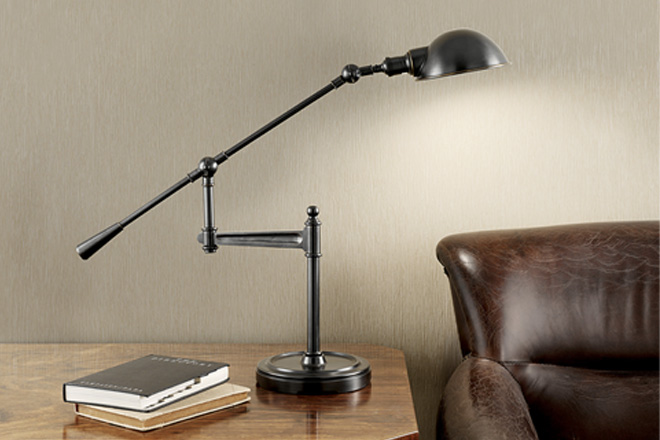Robert Chelsom, MD at contract lighting specialist, Chelsom, explains the trends that have dominated the hotel lighting sector over the past year, and predicts what we can expect to see next…
What have been the key lighting trends in hotels in the last 12 months?
There has been a distinct shift in the style of hotel lighting schemes over the last 12 months – people definitely want to see more individuality when it comes to design.
We are starting to see a much more eclectic mix in terms of both styles and fittings especially in the guest rooms; colours are bold and shades are becoming more vibrant, with stripes and contrasting trims being at the forefront, leaving behind the ‘co-ordinated’ style that has been so popular previously.
The lighting in public spaces is all about taking this idea of individuality using it to create a unique lighting experience by commissioning bespoke pieces and spectacular show-stopping designs integrated into ceiling structures.
Another key trend is the rise of the residential look. Guests want hotels to feel like a luxurious home away from home and they want their guest room lighting in particular to reflect this, to be stylish yet functional. One of the big challenges for us is creating this residential look yet maintaining the contract function and quality.
What can we expect to see in 2013/2014?
One of the biggest emerging trends is undoubtedly the industrial look. There has been a much more functional look and feel to products lately, and I predict there is a lot more of this to come – think exposed mechanical joints, over-sized switches and visible engineering.
After threatening to do so for a number of years, I think brass will make its comeback in the next 12 months. Previously, polished brass has been the fashion, but I think alternative finishes such as antique, distressed and satin will become the most popular choices.
What factors are driving these trends?
Designers are starting to push the boundaries much more than they ever have before, and as a result lighting is inevitably becoming a lot more image-centric and fashion-focused.
How has interaction with lighting in hotels changed over the past year, and how has this influenced lighting design needs?
A hotel room is no longer just a room to sleep in. It has become multi-functional – a place to eat, sleep, work and relax – and the lighting schemes need to reflect the variety of uses and generate the correct light levels to meet all functions of the guest room.
Guests have dimming functionality at home and expect it in hotels, but they want it to be clearly visible on the product and most of all usable. In my opinion, touch dimming is entirely useless in a hotel room. I have lost count of the number of times I have heard stories of the concierge being called up to the room to explain how to dim the lights, illustrating that there needs to be a distinct balance between design and functionality.
What factors need to be considered when selecting hotel lighting?
Design, quality, technology, function – get these factors right and a blend of all four will enhance the ambience of a room.
With sustainability remaining a key concern in the hotel industry, how has this affected the lighting sector?
Incandescent and halogen light sources have now fallen to less than 10% of hotel lighting, to be replaced mostly by compact fluorescents and, to some degree, LEDs.
Beware that LEDs will not fulfil every lighting function in a hotel, especially where the guest rooms are concerned. For example, they are great at task lighting, concealed back-lighting and mirror lighting, but are cost prohibitive and often don’t work so well for table lights, wall lights and floor lights.



